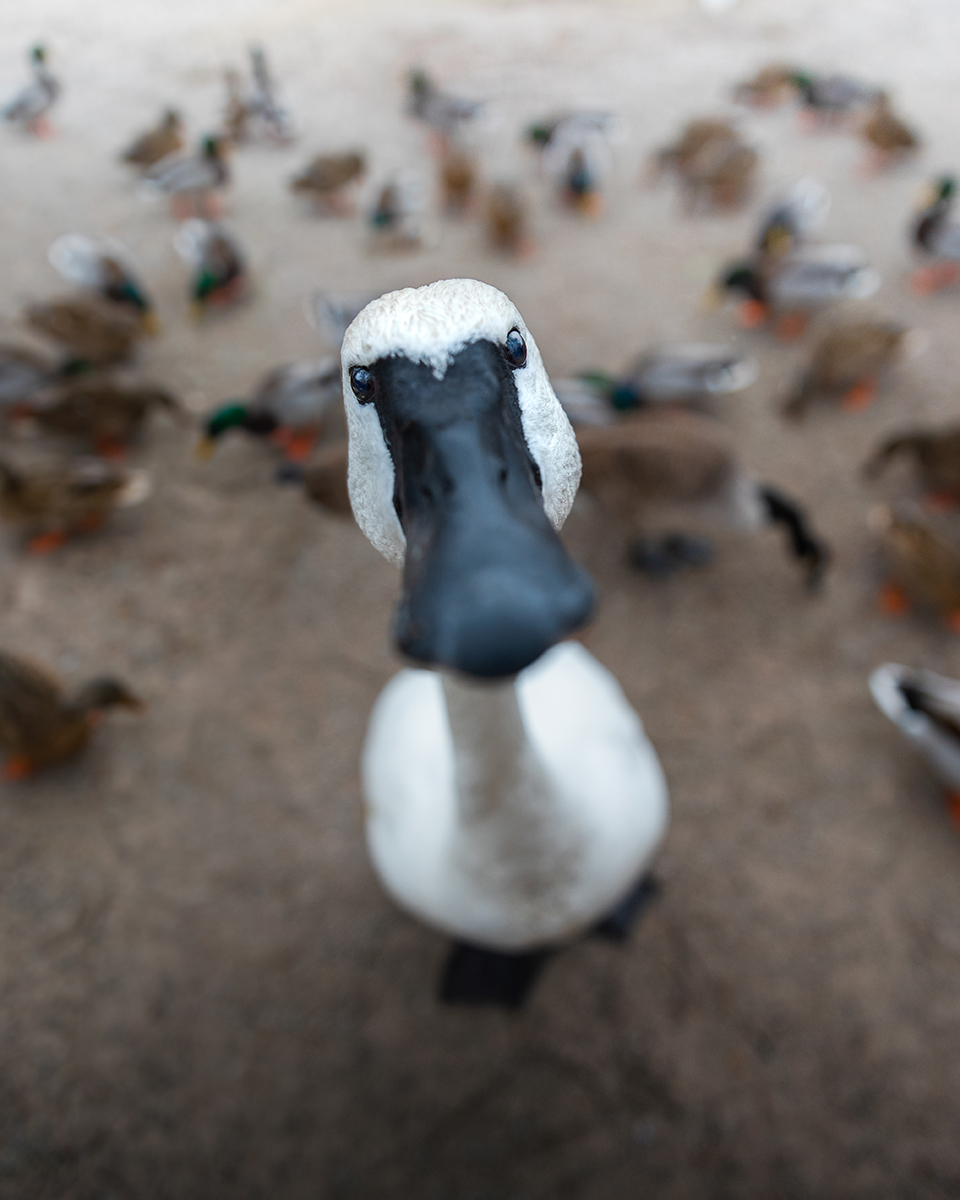By Jenn Gidman
Images by Alan Poelman
Whether he’s shivering in Iceland or sweating it out in Death Valley, Alan Poelman relies on his Tamron lens suite to showcase our natural world.
The allure of landscape and wildlife photography always came naturally to Alan Poelman. Growing up in a rural Canadian community, he was immersed in the great outdoors from an early age. His deep connection with the natural world, coupled with his fondness for animals, made his eventual transition to landscape photography using these subjects a logical progression.
He first got his hands on a point-and-shoot camera about a decade ago, made the transition to a DSLR camera six years ago, and then, most recently, to a Sony mirrorless camera system. Since then, he’s traveled to many of Canada’s most popular photographic destinations, including Banff and Jasper national parks, which feature the stunning Canadian Rockies. In January, he won the coveted title of Canadian Geographic’s photographer of the year.
“Most of my photos show symmetry,” Alan says. “That’s reflected in both my landscape and wildlife photos, almost to an unrelenting degree. However, I do believe there’s a natural beauty in more organic images that don’t use the ‘typical’ rules of photography. I admire that style in the work of others.”

24-70mm (32mm), F16, 1/8 sec., ISO 50
A critical component of Alan Poelman’s photography successes are his Tamron lenses, a constant companion throughout his career. “Most recently I’ve been using the Tamron SP 24-70mm F/2.8 Di VC USD G2 (used with an adapter on my mirrorless camera), 28-75mm F/2.8 Di III VXD G2, and 50-400mm Di III VC VXD lenses,” he says. “Whether I’m shooting from a plane over Iceland or venturing into the sandy expanses of Death Valley for landscape photography, these lenses consistently deliver exceptional image quality and performance.”
ALAN’S QUICK TIPS
Choose the right lens.
Having an optimal focal length and zoom range is paramount in nature, landscape, and wildlife photography. I found this to especially be the case when I visited the arid Death Valley National Park, where conditions can be harsh and compositions elusive. I had a goal in mind of capturing an image that featured a nice, lined pattern in the sand leading up to a point of visual interest. Easier said than done, because the sands are constantly shifting, and walking through the sand was rough.

50-400mm (91mm), F11, 1/800 sec., ISO 125
That’s why during Alan Poelman’s photography, he relied in this case on the versatile Tamron 50-400mm. This lens allowed him to seamlessly switch between capturing the vast expanse of the desert and zooming in to isolate specific subjects against the backdrop of the towering mountains. It was also important to pack light to make room for water in that heat. The flexibility of a lens like the 50-400 is indispensable in situations like this.
Similarly, when I was doing more dynamic, fast-paced aerial photography over the Icelandic Highlands, the Tamron 28-75mm G2 lens proved its worth. I took this shot out of a plane window; it was my first time dangling my camera out of a fast-moving vehicle that rotated. For such scenarios, having a lens with very good zoom capabilities ensures you can adapt quickly to fleeting opportunities and make the most of your unique vantage point. Also take as many landscape photography shots as possible in these cases, using a camera system with burst mode that allows for over 10fps, at minimum.

28-75mm (30mm), F5.6, 1/2000 sec., ISO 400
Use wide-angle lenses for wildlife.
Although it’s not always practical to get up close with wildlife, Alan Poelman’s photography never misses a unique opportunity to use a wide-angle lens for wildlife photography. It highlights your subject’s characteristics in an endearing way, like this photo of a non-skittish swan that approached me. Having an F2.8 aperture in the 24-70mm G2, which is the lens I used here, helped create depth in the image as well.

24-70mm (24mm), F2.8, 1/640 sec., ISO 800
Create visual pathways for the viewer.
Take my landscape photography image here of a foggy Lake Superior. I was driving down the highway when I saw this lovely island. I pulled over and trekked to the shoreline, where I got really low to the ground to place those rocks in the foreground, with the island as centered as I could get it. This composition helped me guide the viewer’s eye by establishing a pathway that draws them into the heart of the image. Keeping those foreground elements slightly out of focus also made my main subject the prime attraction.

24-70mm (70mm), F4, 1/800 sec., ISO 100
Take an image-specific approach to post-processing.
The time I spend editing each image can vary significantly, often taking a few hours or even longer. I don’t use presets, but instead make custom multilayer tweaks. For instance, the process for editing my wildlife images involves intricate stages that begin with luminosity masks and sharpening, allowing for precise control of every element in the image. Then I’ll usually cut out the animal on a separate layer to facilitate adjustments to background depth, foreground changes, and enhancements to lighting.
To see more of Alan Poelman’s work, check out his Instagram.
Is your Tamron News subscription up to date? Click to subscribe to all editions of Tamron News featuring how-to tips, new product news, contest announcements and inspiration!
